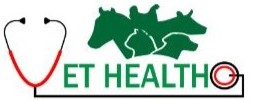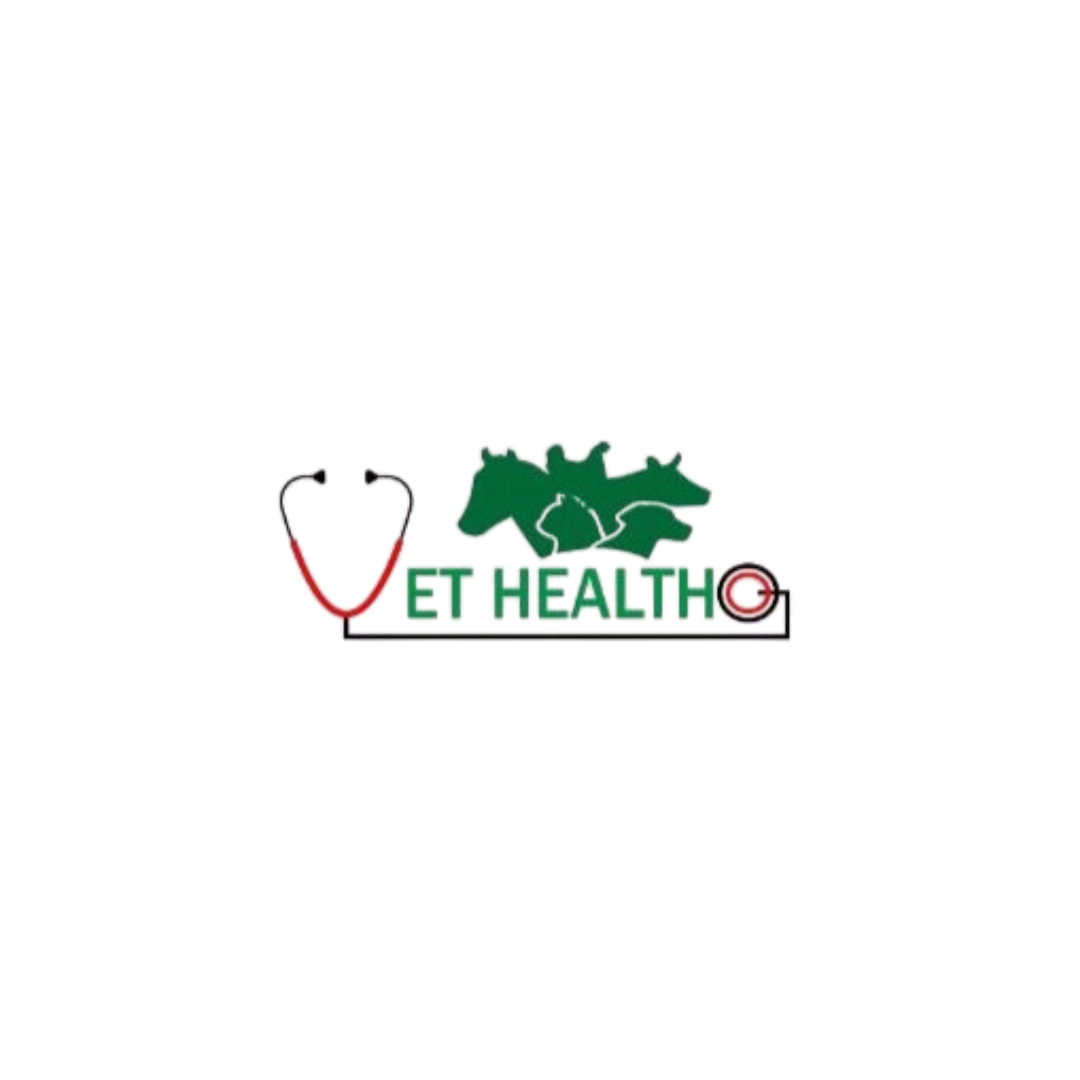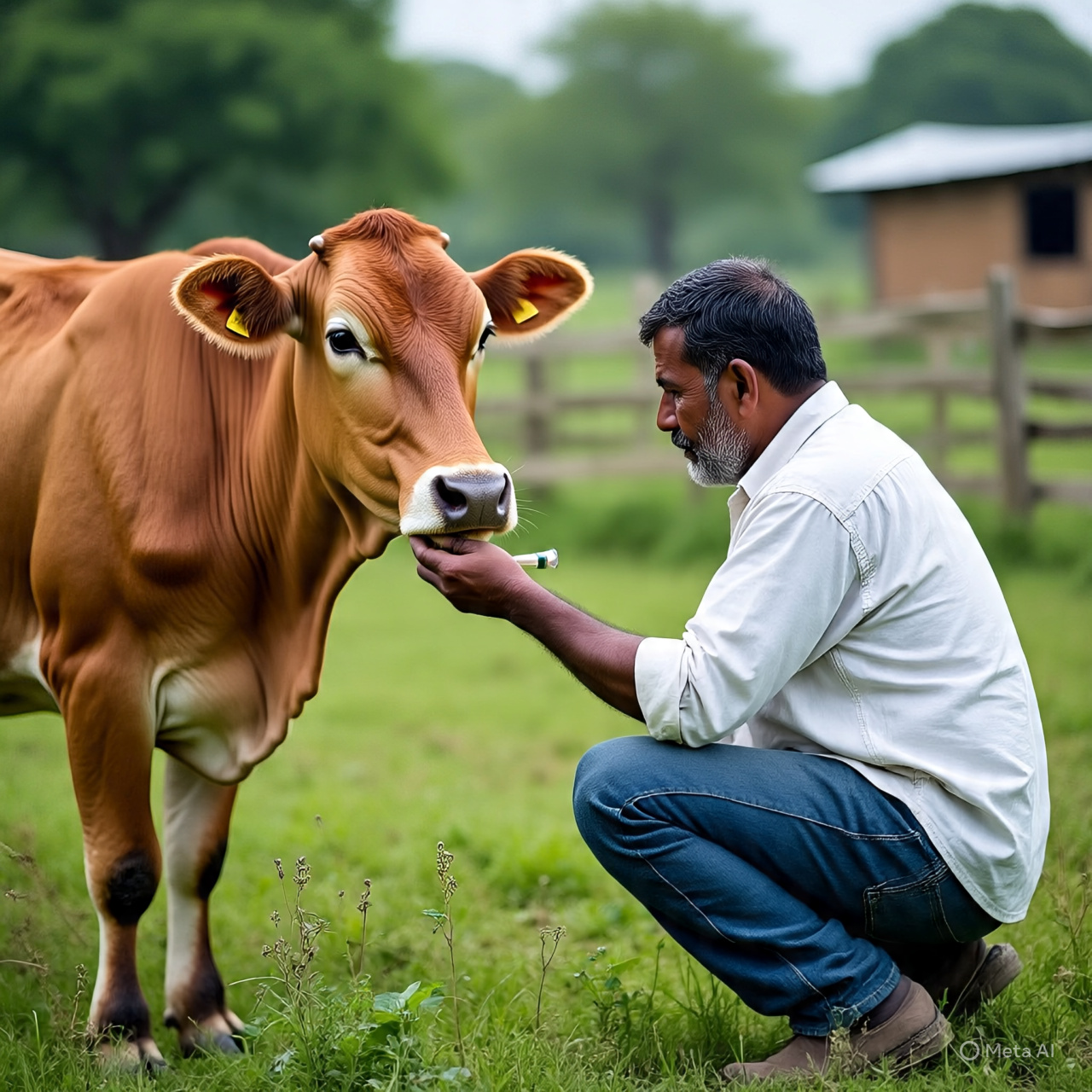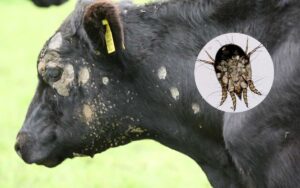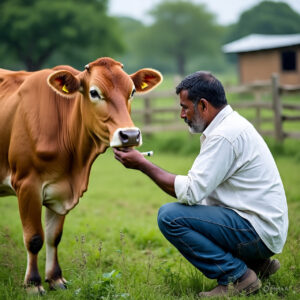Introduction
Internal parasites steal nutrients. They inflame guts and reduce appetite. Milk yields fall. Calves fail to grow. Importance of deworming in dairy cattle therefore cannot be ignored.
1. Parasites that attack dairy cattle
Roundworms live in the gut. Lungworms clog airways. Tapeworms lodge in the intestines. Liver flukes damage livers. External parasites cause further stress, yet internal ones do deeper harm.
2. How parasites hurt cows
Worms puncture gut walls. Blood and proteins leak out. Cows eat more but gain less. Immunity falls. Mastitis risk rises. Fertility declines. Early culling numbers rise.
3. Economic impact for farmers
Hidden losses mount fast. One modest worm burden can cut milk by five percent. A ten‑cow herd may lose fifty litres daily. Additional feed cannot fully offset this gap. Deworming costs little compared with that loss.
4. Science behind deworming
Anthelmintic drugs paralyse or starve worms. The cow’s gut then pushes them out. Strategic timing breaks the life cycle. Fewer larvae reach pasture. Re‑infection falls.
5. When to deworm
Plan at three high‑risk stages. First, two weeks before calving. Second, at turnout in early rains. Third, just before dry season ends. Calves need extra rounds at eight and sixteen weeks.
6. Choosing the right drug
Benzimidazoles kill most gut worms. Macrocyclic lactones also hit lungworms. Closantel clears liver flukes. Rotate classes yearly to slow resistance. Use weight bands to avoid underdosing.
7. Methods of delivery
Oral drenches suit small herds. Pour‑on solutions save labour for larger groups. Injectables work even in heavy rain. Always calibrate drench guns.
8. Reading withdrawal periods
Each product lists milk and meat hold times. Respect these limits. Residues can spoil tank loads. Processors may fine repeat offenders.
9. Biosecurity plus deworming
Never buy cattle without testing. Quarantine newcomers. Deworm them. Monitor faecal egg counts. Good pasture rotation reduces larval build‑up.
10. Supporting nutrition
Dewormed cows need balanced diets. Protein repairs tissues. Minerals rebuild blood. Vitamin A helps gut lining heal. Clean water speeds recovery.
11. Monitoring success
Track milk yield per cow. Check body condition score monthly. Use faecal egg counts quarterly. Rising counts mean timing or drugs need revision.
12. Deworming and calf growth
Calves absorb immunity through milk. Worm burdens strain young guts. Growth plates suffer. Proper deworming doubles weight gain in critical first six months.
13. Environmental care
Overuse of drenches harms dung beetles. Follow need‑based schedules. Use targeted selective treatment. Treat the twenty percent cows that carry eighty percent worms.
14. Organic and herbal options
Some farms use neem pulp or papaya seeds. Trials show partial success. Always consult vets. Combine herbs with strict pasture hygiene.
15. Managing drug resistance
Never mix brands randomly. Record every treatment. Dose by actual weight, not guesswork. Cull chronic high shedders. Graze young stock on clean fields.
16. Cost–benefit snapshot
Average deworming costs ₹50 per cow each round. A five‑litre milk gain per cow for ten days offsets that easily. Net profit grows.
17. Common farmer questions
Is deworming safe during pregnancy? Most modern drugs are safe, yet read labels.
Can milk be sold immediately? Follow stated withdrawal days.
How often must calves be treated? Fortnightly checks guide timing.
18. Record‑keeping template
Date, cow ID, weight, product, dose, administrator, withdrawal end date. Keep paper and digital backups. Auditors value clear logs.
19. Team approach
Train workers to spot coughing or rough coats. Reward timely reports. Schedule vet visits ahead of busy seasons.
Conclusion
Internal parasites drain profits quietly. A clear plan prevents this loss. Importance of deworming in dairy cattle shines through better health, higher fertility, and secure incomes.
